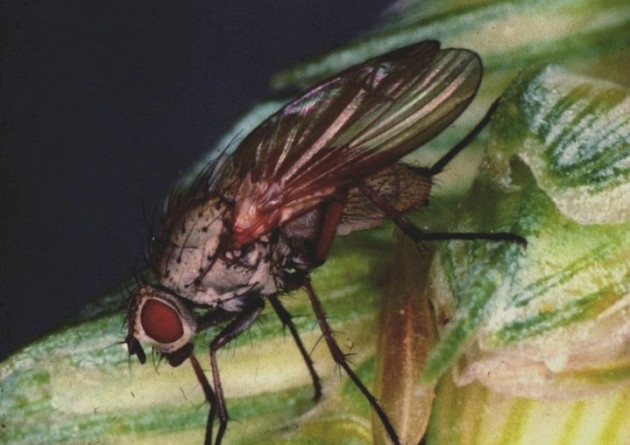
Cereal crops are at the lowest overall risk from wheat bulb fly (WBF) since monitoring began, according to findings from the annual AHDB autumn survey of this pest.
The pest, which can devastate crops, is found more in the eastern half of England than in other parts of the UK.
It lays eggs on bare soil which means it can be more of a problem after fallows or crops that are harvested early.
The larvae moves through the soil to invade cereal plants. All cereals except oats are attacked, but the fly is most serious in wheat.
Conducted by ADAS, the autumn survey involves taking soil samples in September from 30 fields prone to WBF attack and counting the number of WBF eggs.
Historically, the threshold of 250 eggs/m2 has been used to provide a measure of overall risk. For the first time since monitoring began in 1984, none of the 30 soil samples was found to exceed this threshold.
Despite the low risk, some sites sampled had egg levels above the seed treatment threshold relevant to later-drilled crops, with the risk higher at sites located in the north of England.
Good progress was made with the winter wheat harvest in 2017, despite unsettled weather, and 90 per cent of the crop had been harvested by the first week of September, which is ahead of the five-year average.
Report author, Dr Steve Ellis, ADAS, said: “It’s possible the good progress with harvest limited the opportunity for the fungi that adult wheat bulb fly like to consume to develop in cereal ears.
“When food sources are restricted, we know the females produce fewer eggs and this could have contributed to the low-risk year for this pest.”
